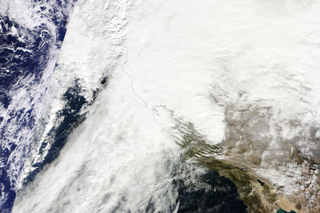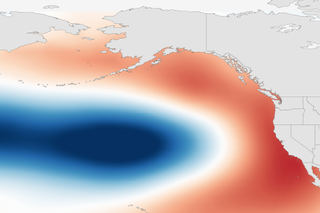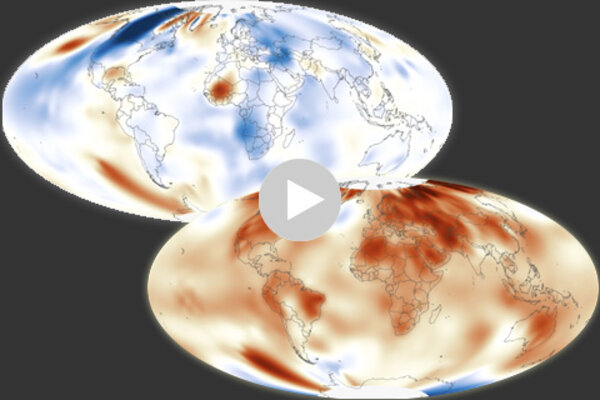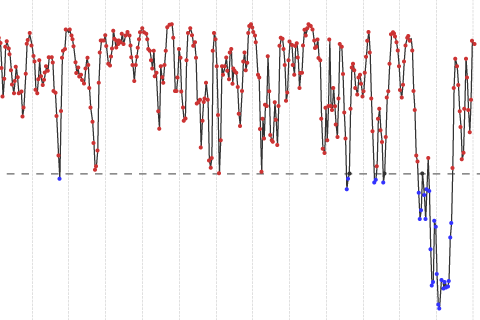
In 2016, daily temperatures in Alaska that were warmer than average outnumbered those that were cooler than average by a 9 to 1 ratio.
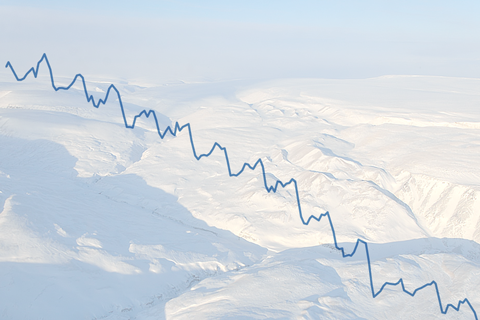
Although surface melt did not set a new record in 2016, the Greenland Ice Sheet did continue a long-term trend of decreasing mass, according to the latest Arctic Report Card from NOAA and its partners.
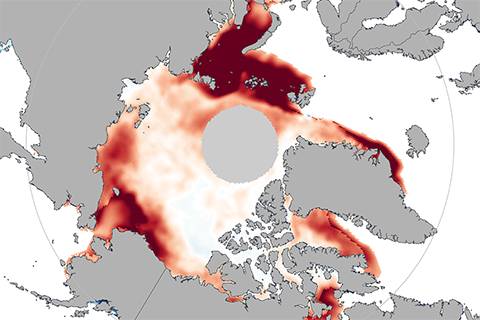
A black swan event is a situation so rare that few people would have imagined it was possible. In November 2016, researchers were caught off guard by just such an event: extremely low sea ice extents in both the Arctic and Antarctic.
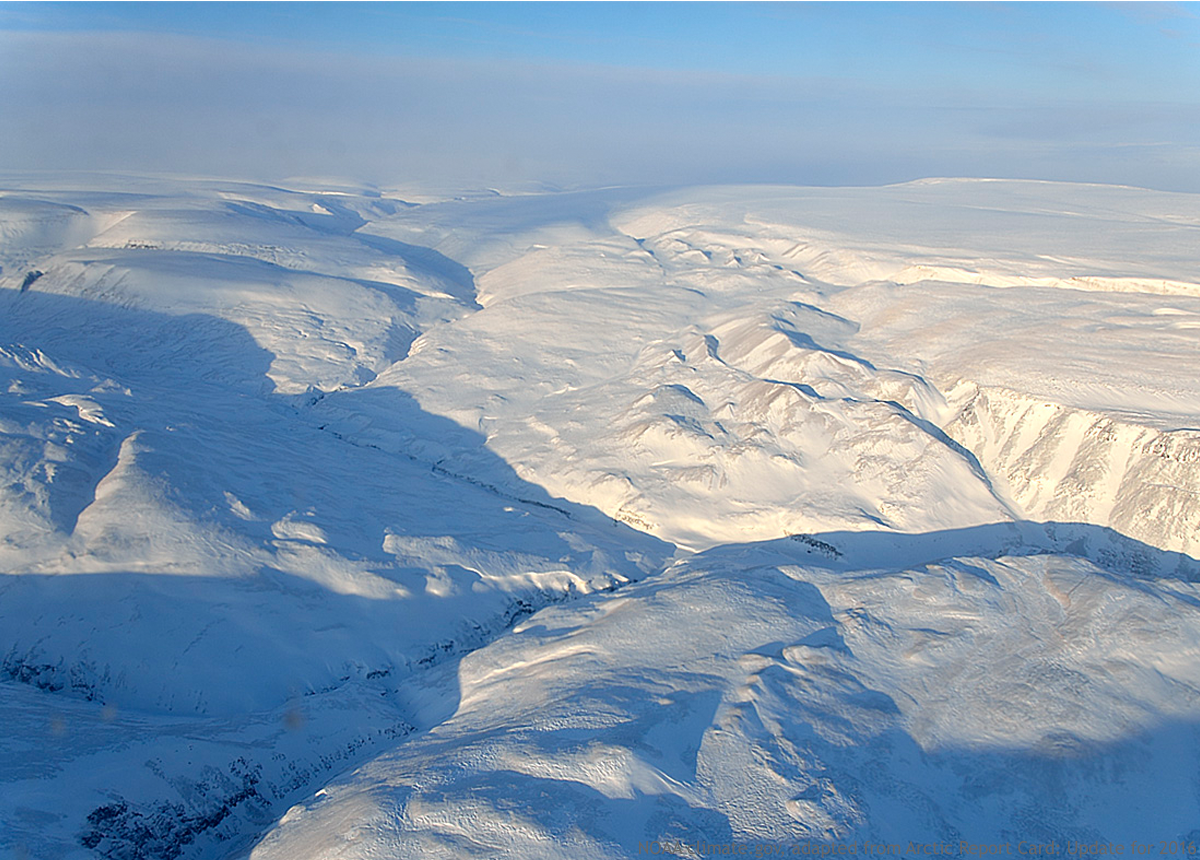
A new NOAA-sponsored report shows that unprecedented warming air temperature in 2016 triggered massive declines in sea ice and snow cover across the Arctic, and brought a record-breaking delay to fall sea ice freeze up. Learn more through our image highlights of the 2016 Arctic Report Card.
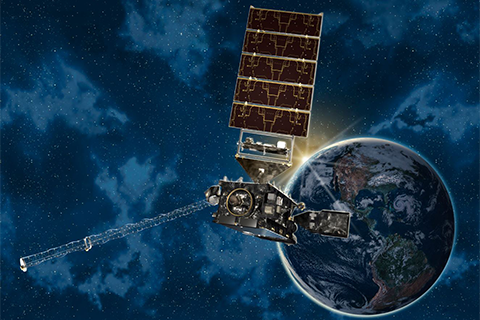
Providing more timely and accurate information over the western hemisphere, total lightning mapping, and higher resolution images streaming down from space more often, the new GOES satellite marks the first major redesign of the nation’s operational Earth-observing technology in more than 20 years.

Deadly, record-breaking hurricane hits Central America in November
November 30, 2016
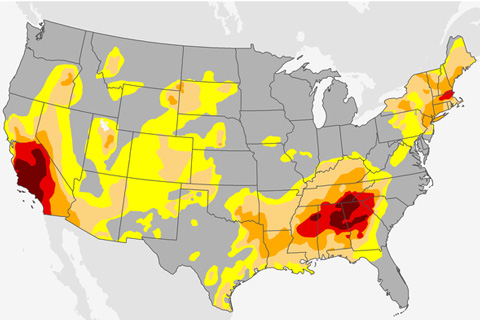
Multi-year drought in California has been joined this summer and fall by extreme and exceptional drought across the Southeast and moderate to severe drought in parts of New England.
